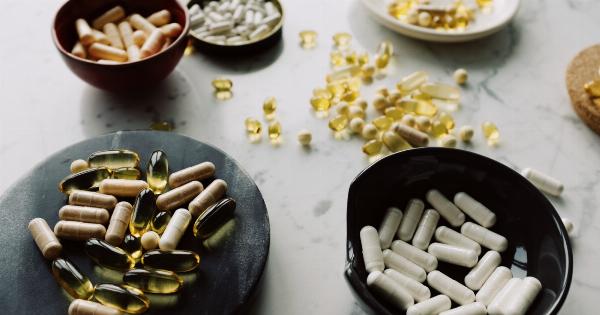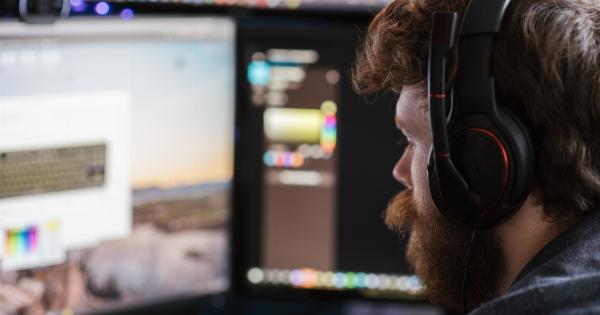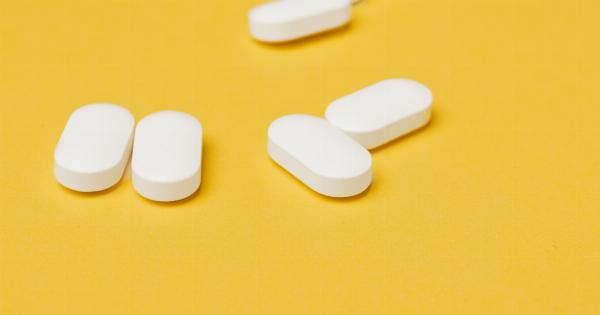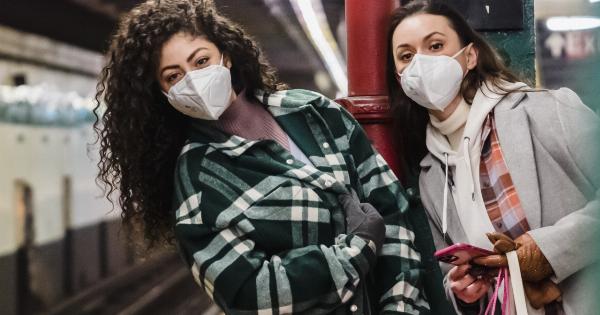When it comes to protecting ourselves from skin cancer, most of us are familiar with the basics – applying sunscreen, seeking shade, and wearing protective clothing.
However, with the rise in skin cancer cases worldwide, it is crucial to explore unique and innovative methods of prevention and protection. In this article, we will delve into some unconventional yet effective ways to break the mold and safeguard our skin from the harmful effects of the sun.
1. Embrace UPF Clothing
UPF (Ultraviolet Protection Factor) clothing has become increasingly popular in recent years. Unlike regular clothing, UPF clothing is specifically designed to block harmful UV radiation and provides better protection against the sun’s rays.
These garments are often made with tightly woven fabrics and offer an extra layer of defense against skin cancer.
2. Seek Natural Sun Protection
In addition to traditional sunscreen, nature provides us with various natural ingredients that offer protection against harmful UV rays. Some natural oils, such as coconut oil and raspberry seed oil, possess natural sun protection qualities.
These oils can act as a barrier, providing an added layer of defense when applied to the skin.
3. Opt for Sun-Protective Eyewear
While we often remember to protect our skin, we may forget about our eyes when it comes to sun protection.
UV-blocking sunglasses or protective eyewear shield the delicate skin around our eyes from harmful UV rays, reducing the risk of eye-related skin cancers and other eye conditions caused by sun exposure.
4. Utilize UV Detection Apps
Thanks to modern technology, we now have access to mobile applications that can detect the intensity of UV radiation in real-time.
These apps use data such as location, time of day, and weather conditions to provide users with accurate information about the UV index in their area. By using these apps, individuals can plan outdoor activities accordingly, minimizing sun exposure during peak UV times.
5. Incorporate Vitamin D Supplementation
While it may seem counterintuitive, some studies suggest that adequate levels of vitamin D can help reduce the risk of certain types of skin cancer.
Since sun exposure is the primary source of vitamin D, individuals living in regions with limited sunlight may consider vitamin D supplementation after consulting with a healthcare professional.
6. Practice Mindful Sunbathing
Sunbathing, considered by many as a relaxation and rejuvenation ritual, should be done with caution. Instead of exposing your entire body, focus on sunbathing specific areas for limited periods.
This method allows you to enjoy the sun responsibly while still getting some vitamin D and the benefits of sunlight exposure.
7. Explore Photoprotective Foods
Certain foods possess natural compounds that provide a degree of protection against UV damage. Foods rich in antioxidants, such as berries, leafy greens, and tomatoes, may help reduce the risk of skin damage caused by the sun’s harmful rays.
Including these photoprotective foods in our diet can act as an extra line of defense.
8. Engage in Outdoor Activities at Off-peak Hours
If you enjoy spending time outdoors, try to avoid peak sun hours when the UV index is typically high. Plan your activities for early morning or late afternoon when the sun is less intense.
By being mindful of the time spent outdoors, you can minimize your exposure to harmful UV radiation.
9. Consider Window Films for UV Protection
Most of us spend a significant amount of time indoors, whether at home or in the office. However, even indoors, we are not entirely protected from UV radiation.
Window films or tinted window treatments can help block a considerable portion of UV rays, reducing the risk of skin damage caused by prolonged sun exposure through windows.
10. Regular Skin Checks and Professional Screenings
Finally, one of the most crucial aspects of skin cancer prevention is early detection. Performing regular self-examinations and seeking professional screenings can help identify any suspicious moles or skin abnormalities at their earliest stages.
By catching skin cancer early, intervention and treatment options can be more effective.




























